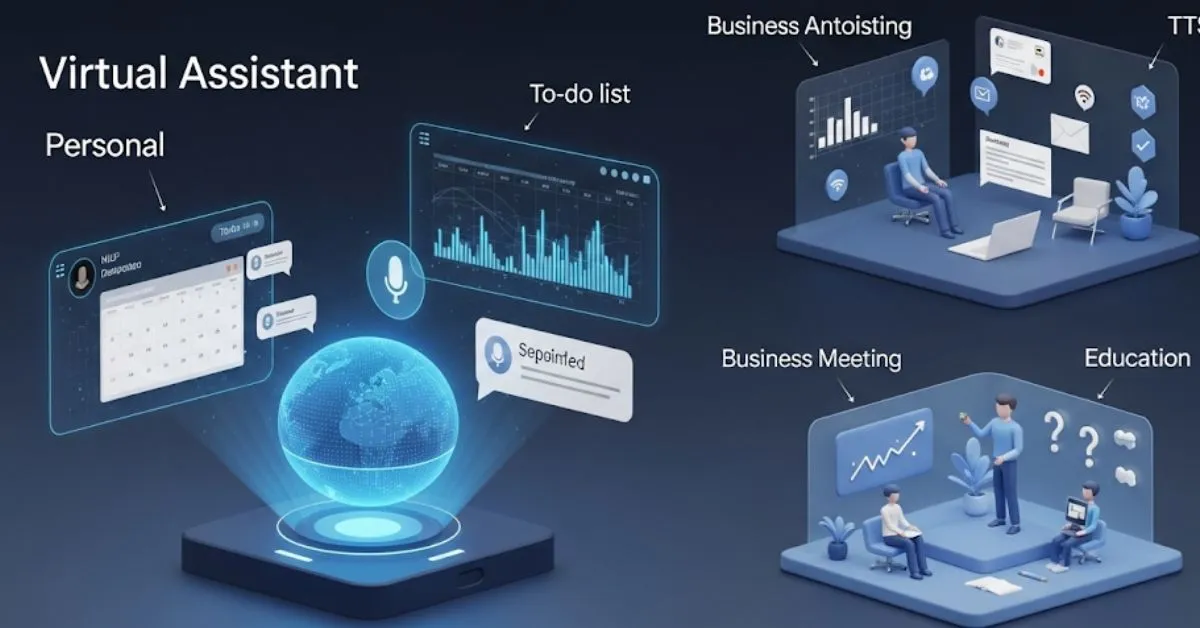
Virtual Assistants: Your Intelligent Companion
1. What is a Virtual Assistant?
A virtual assistant is a software application developed using AI and NLP technologies, allowing users to interact through voice or text to execute tasks like searching for information, controlling devices, and managing schedules. Popular virtual assistants include Apple's Siri, Google Assistant, Samsung's Bixby, and Amazon's Alexa.
2. Technologies Behind Virtual Assistants
Virtual assistants operate based on key technologies:
• Artificial Intelligence (AI): Analyzes and processes data to provide appropriate responses.
• Natural Language Processing (NLP): Enables understanding and responding to human language naturally.
• Machine Learning: Allows virtual assistants to learn from user habits and behaviors to enhance performance.
• Automatic Speech Recognition (ASR) and Text-to-Speech (TTS): Facilitates seamless interaction by converting between speech and text.
3. Practical Applications of Virtual Assistants
Virtual assistants are widely applied across various domains:
• Personal Use: Assist in managing schedules, setting reminders, retrieving information, and controlling smart home devices.
• Business: Automate workflows, support customer service, analyze data, and manage internal information.
• Education: Aid in online learning, provide information, and answer queries for students.